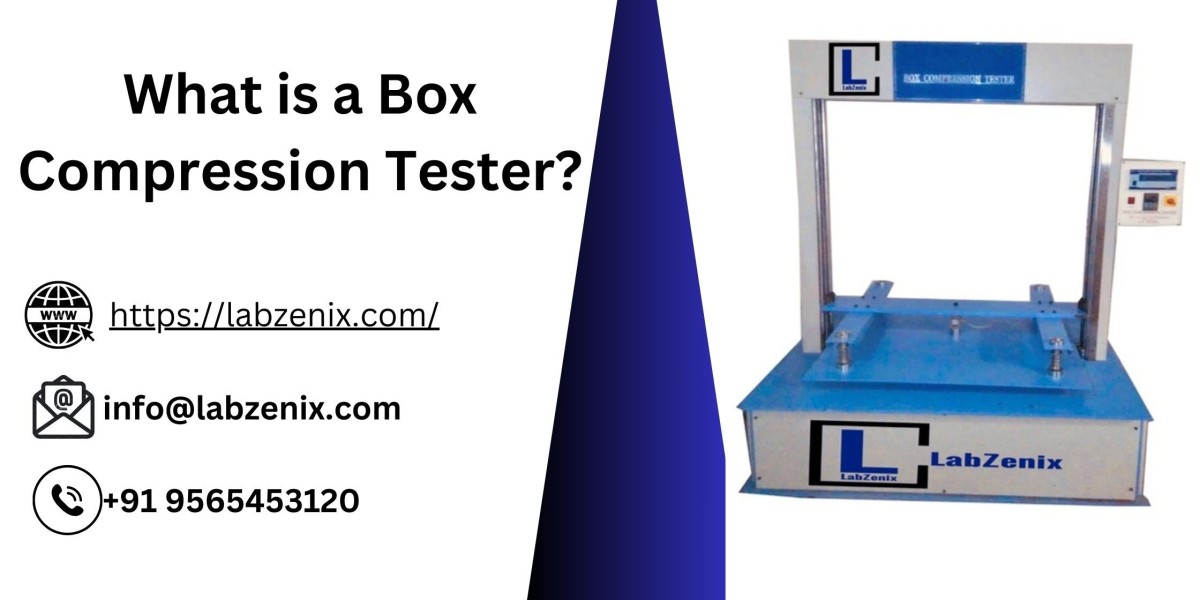One essential tool for achieving this is the Box Compression Tester (BCT). In this blog, we’ll dive into what a box compression tester is, how it works, and why it is an indispensable asset for packaging and logistics industries.
What is a Box Compression Tester?
A Box Compression Tester is a specialized instrument used to measure the compression strength of boxes, cartons, and other packaging materials. This test ensures that packaging can withstand the forces applied during stacking, shipping, and storage without compromising the integrity of the contents inside.
How Does a Box Compression Tester Work?
Box compression testers work by applying a controlled amount of force to a box until it deforms or collapses. Key steps involved include:
Specimen Preparation: The box or carton is prepared as per testing standards.
Placement: The box is positioned on the testing platform.
Force Application: The machine applies a steadily increasing force on the top of the box.
Data Recording: The compression strength is measured and recorded until the box reaches its failure point.
Most modern BCT machines are equipped with digital interfaces for precise data collection, graphical analysis, and real-time monitoring.
Why is Box Compression Testing Important?
Box compression testing plays a critical role in ensuring packaging reliability. Here are a few key benefits:
Prevents Product Damage: Identifies the maximum load a package can withstand, preventing failures during shipping.
Optimizes Packaging Design: Helps improve material selection and box design to balance cost-efficiency and durability.
Ensures Compliance: Meets industry and regulatory standards for packaging.
Enhances Customer Satisfaction: Protecting goods during transit ensures better customer experience and brand reputation.
Applications of Box Compression Testers
Box Compression Testers find extensive use across various industries, including:
FMCG (Fast-Moving Consumer Goods)
Electronics
Pharmaceuticals
Automotive
They are also used in R&D for designing robust packaging solutions.
Choosing the Right Box Compression Tester
When selecting a box compression tester for your needs, consider the following factors:
Load Capacity: Choose a machine that suits the weight range of your boxes.
Test Speed and Accuracy: Modern machines offer automated controls for consistent results.
Compliance Standards: Ensure the tester adheres to ISO, ASTM, or other industry standards.
Data Integration: Machines with digital interfaces and connectivity options streamline the analysis process.
Conclusion
Investing in a reliable Box Compression Tester Price can revolutionize your packaging processes, ensuring product safety and customer satisfaction while reducing logistics costs. As packaging demands continue to evolve, this invaluable tool will remain a cornerstone for quality assurance in the industry.
Visit LabZenix.com to explore our range of state-of-the-art Box Compression Testers and discover how we can help you optimize your packaging processes.









